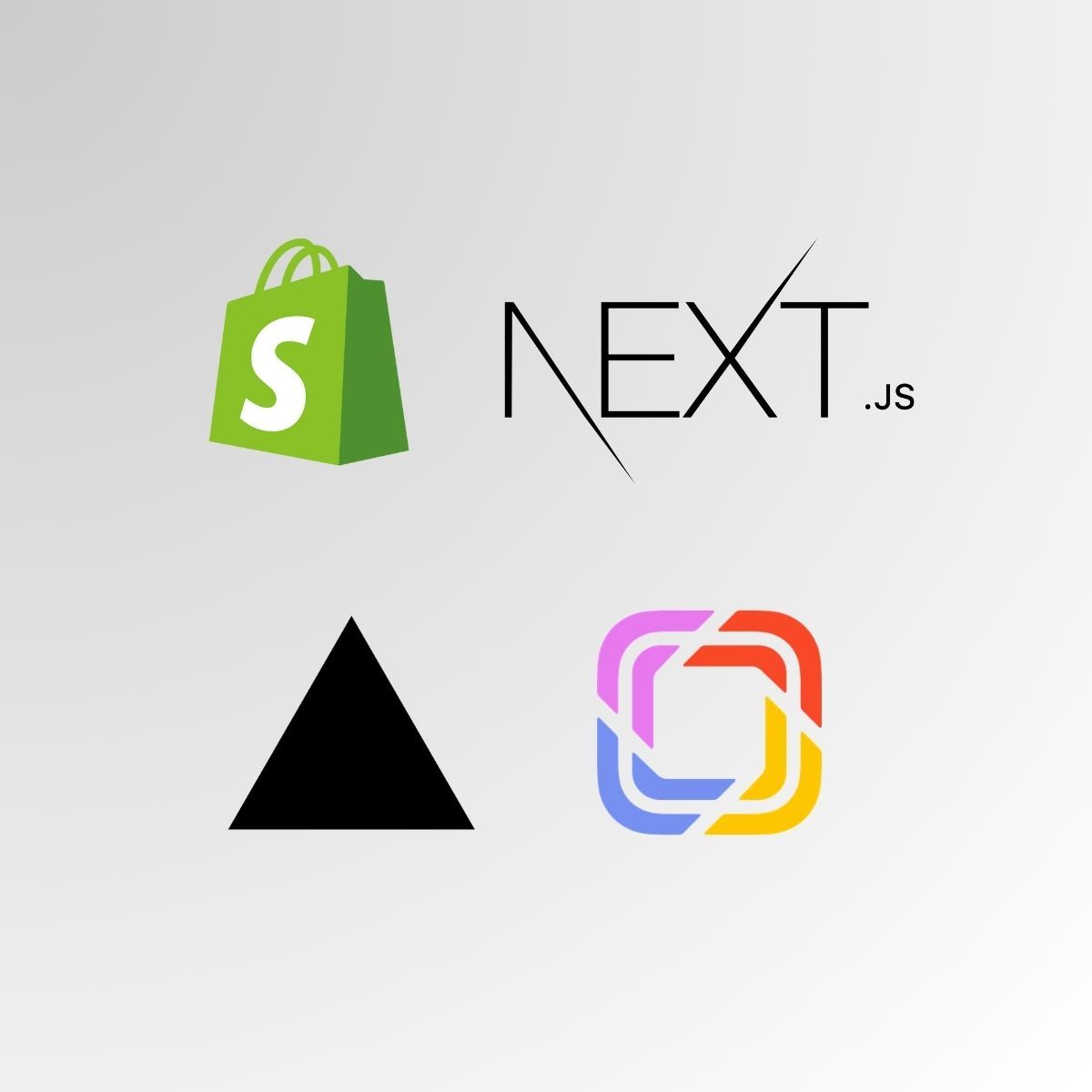Developing high-performing e-commerce stores, apps & websites that excite! || CEO @ excyted.io

Follow us on social media for the latest updates and valuable insights.
Developing high-performing e-commerce stores, apps & websites that excite! || CEO @ excyted.io

Developing high-performing e-commerce stores, apps & websites that excite! || CEO @ excyted.io

Developing high-performing e-commerce stores, apps & websites that excite! || CEO @ excyted.io
Developing high-performing e-commerce stores, apps & websites that excite! || CEO @ excyted.io

Developing high-performing e-commerce stores, apps & websites that excite! || CEO @ excyted.io

Developing high-performing e-commerce stores, apps & websites that excite! || CEO @ excyted.io
Developing high-performing e-commerce stores, apps & websites that excite! || CEO @ excyted.io

Developing high-performing e-commerce stores, apps & websites that excite! || CEO @ excyted.io

Developing high-performing e-commerce stores, apps & websites that excite! || CEO @ excyted.io
Developing high-performing e-commerce stores, apps & websites that excite! || CEO @ excyted.io

Developing high-performing e-commerce stores, apps & websites that excite! || CEO @ excyted.io

Developing high-performing e-commerce stores, apps & websites that excite! || CEO @ excyted.io

Developing high-performing e-commerce stores, apps & websites that excite! || CEO @ excyted.io

Developing high-performing e-commerce stores, apps & websites that excite! || CEO @ excyted.io
